The 10 best AI tools for content marketers

A guide to the 10 best AI tools for content marketers
Best AI tools for content marketers
AI Tools are now part of the job. Nearly 90% of marketers say they’ve used generative AI at work, and 71% use it weekly or more.
Time savings are real too. HubSpot’s data shows marketers save about three hours per content piece and 2.5 hours per day by using generative AI. I think AI tools do help you move faster and are incredibly useful for Programmatic SEO. In this article, I’ll give you a practical short list of tools you should use.
What great AI tools look like in 2025
Use this quick checklist when you evaluate AI Tools:
- Accuracy controls: LLM model choice, citations, source controls, and easy human review.
- Brand control: Style guides, tone presets, legal guardrails.
- Data privacy: Enterprise controls, policy support, audit trails. You also want to ensure that your work isn’t being used to train models.
- Integration: APIs and connectors into your CMS, DAM, project tracker, and analytics.
- Measurable lift: Track time saved, output volume, SEO impact, and conversion lift.
ChatGPT
ChatGPT gives you fast outlines, on-brief drafts, and clean rewrites. You can add enterprise controls so the rollout fits team needs. Admins get SSO and SCIM for centralized access.
You can use ChatGPT to generate copy, product descriptions and even build programmatic SEO pages, like in this video here:
With the launch of GPT5.0, dubbed the “smartest, fastest, most useful model yet”. ChatGPT is a great tool for content marketers. Most writing tools are built on GPT’s base capabilities.
OpenAI states Enterprise workspaces are private by default for training. Security docs detail encryption and retention settings your admins control.
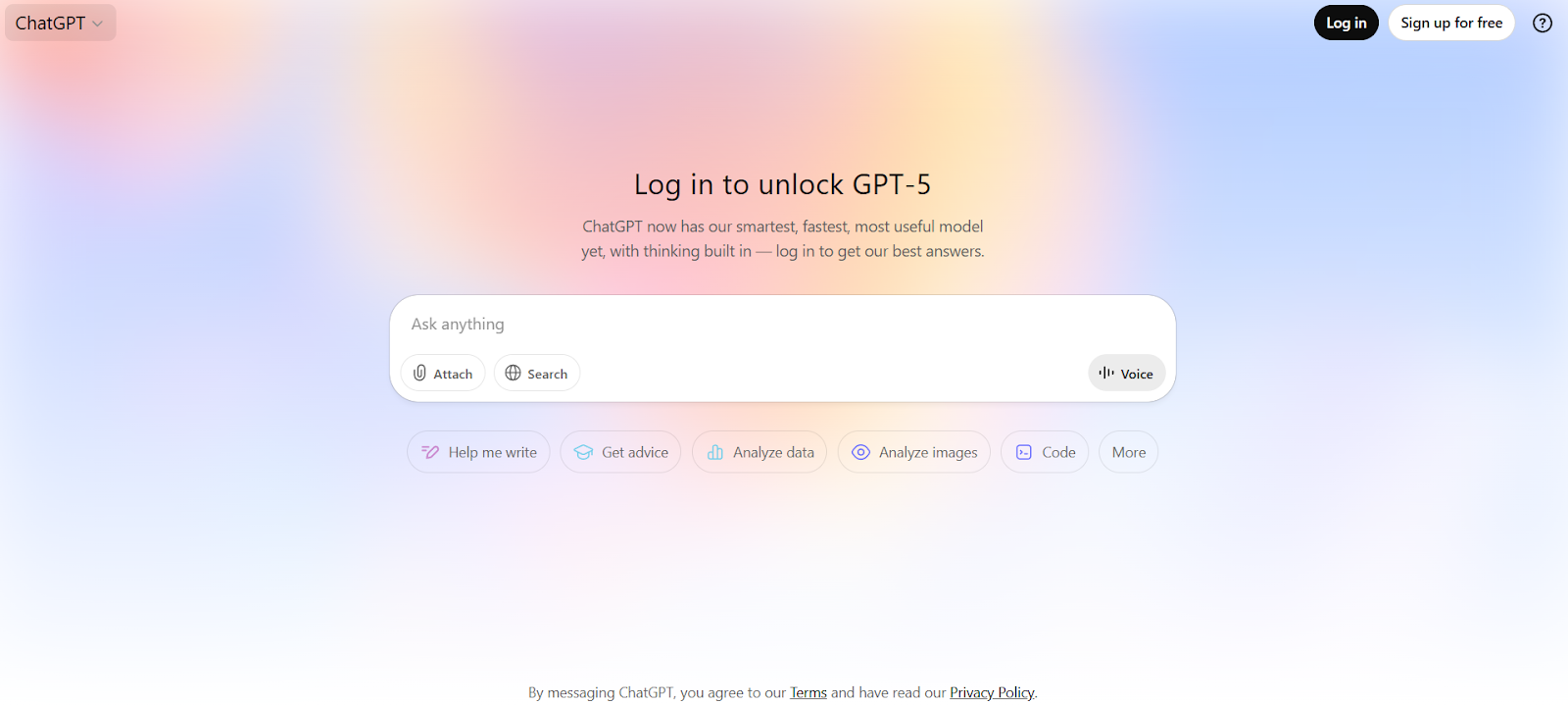
Key features
- SSO and SCIM for provisioning and deprovisioning
- RBAC and workspace analytics
- Enterprise privacy with data not used for training by default
Pros
- Strong at first drafts and variants
- Enterprise guardrails and analytics
Cons
- Output quality depends on your brief and sources
- Admin setup adds upfront work
Claude
Claude is well suited to long documents.. Enterprise plans expand the context window to handle larger briefs. Teams get SSO, role controls, and admin tooling. There is a native GitHub integration for technical teams.
Anthropic highlights a 500K context window on Enterprise. Newer releases add research aids and workspace integrations. If your content is policy-sensitive, Claude’s safety profile is a solid fit.
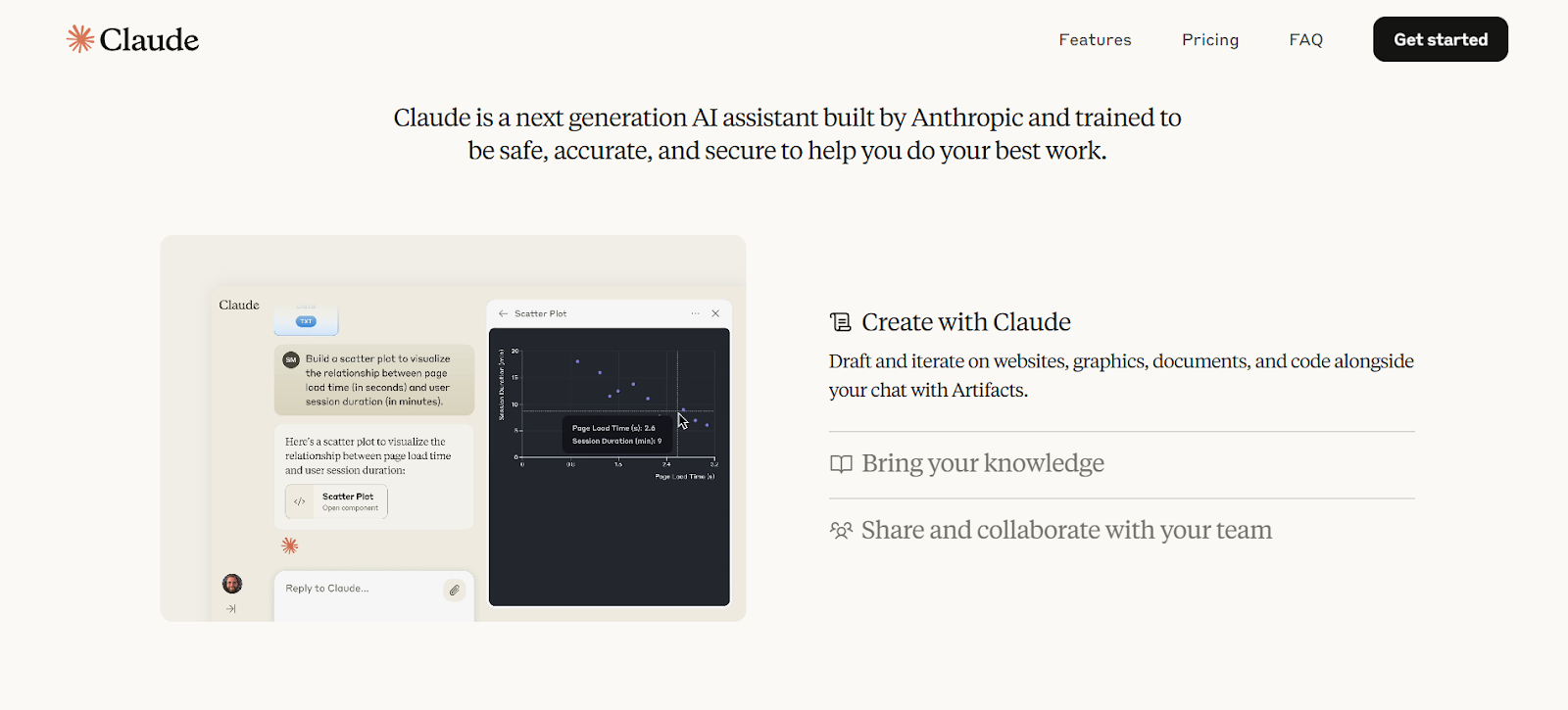
Key features
- Up to 500K context window on Enterprise
- SSO and admin controls
- GitHub integration for large repos
Pros
- Helpful for regulated topics and long edits
- Clear feedback on tone and structure
Cons
- Heavy prompts can slow output
- Some features live on higher tiers
Perplexity
Perplexity is a research assistant that answers with citations. I personally think Perplexity is best used during the content ideation and briefing phase, rather than the writing stage. Pro adds higher limits and advanced search. Labs handles deeper projects with multi-step work.
It can perform deep web browsing and code execution. It can produce reports, charts, and simple apps with sources. Enterprise options extend usage for teams that need audits. Use it to build sourced briefs fast.

Key features
- Citation-first answers and Pro Search
- Labs for deep browsing, code, charts, and images
- Higher daily capacity on Pro
Pros
- Quick path to verifiable research
- Great for question lists and counterpoints
Cons
- Answers still need human source review
- Best value on paid tiers
Grammarly
Grammarly gives you a reliable last-mile edit. Brand tones guide the voice across your team. Style guides and rules keep names, terms, and casing tight.
Enterprise rollout supports SSO. SCIM helps automate user lifecycle. It works across apps via extensions. Use it to keep drafts clear and on-brand.
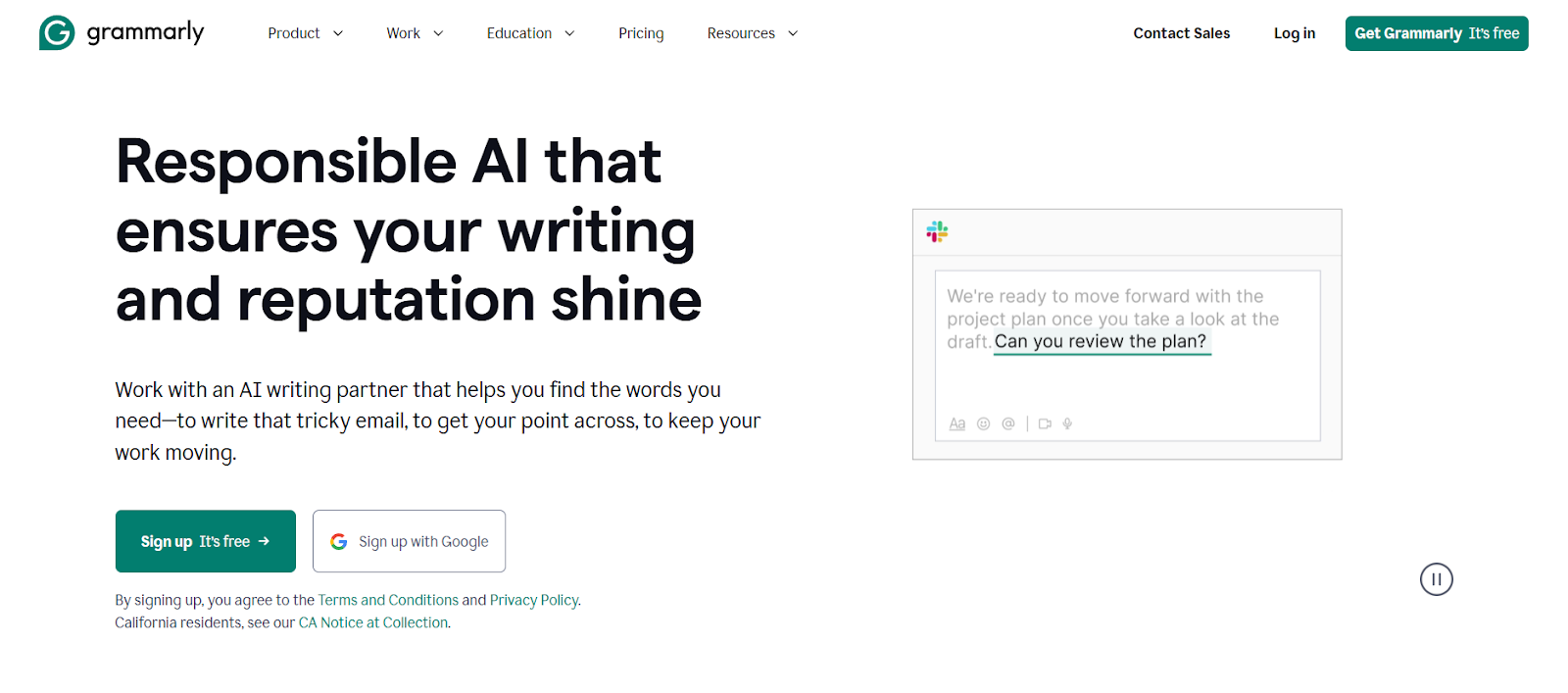
Key features
- Brand tones, style guides, and custom rules
- SSO and SCIM provisioning
- Works across browsers and apps
Pros
- Consistent voice at scale
- Simple rollout for large teams
Cons
- Can over-simplify technical passages
- Not a substitute for human line editing
Jasper
Jasper focuses on marketing tasks and brand control. Brand Voice learns your tone and preferred terms. You can set a default voice across the workspace.
Brand IQ adds visual and style settings for teams. Jasper also introduced a multi-agent platform for campaigns. Templates speed up ads, email, and post copy. It fits teams that ship volume on tight schedules.
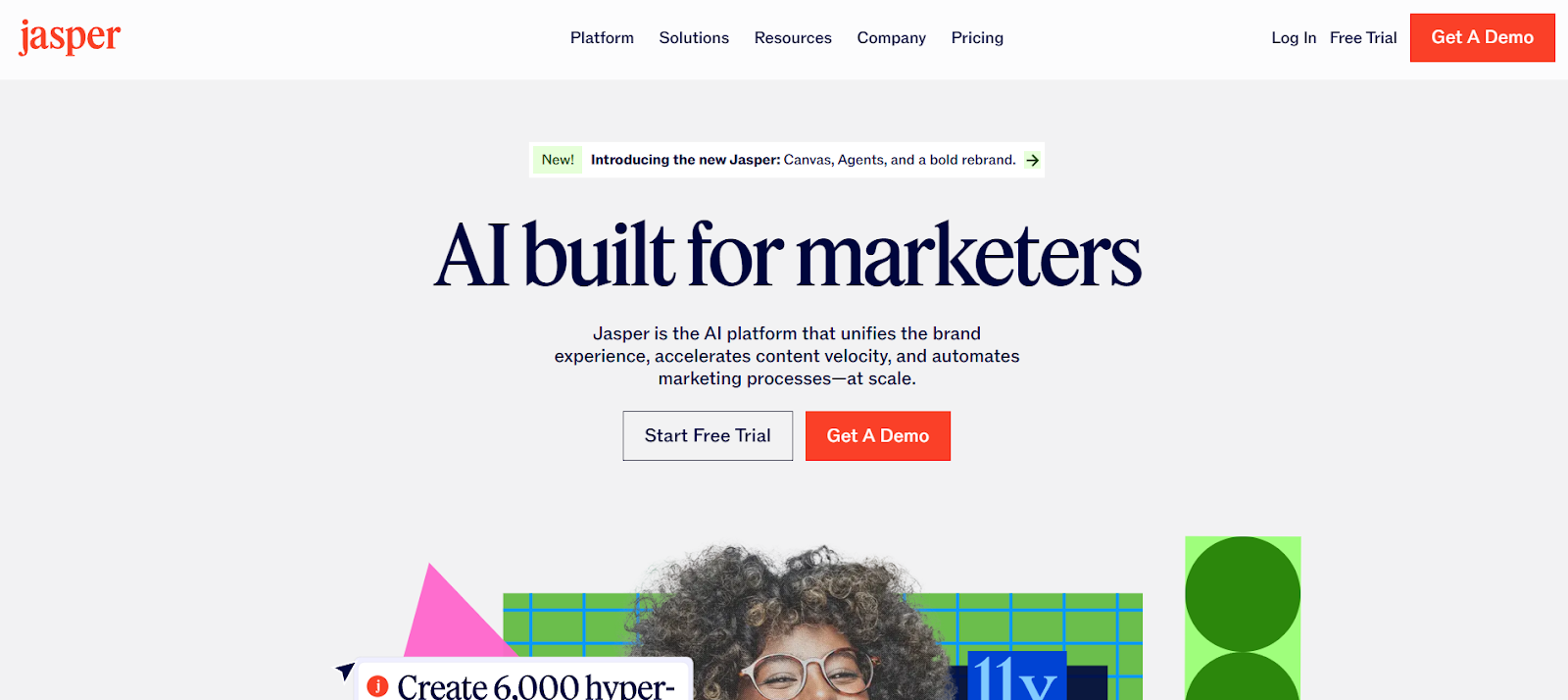
Key features
- Brand Voice with memory of product facts and tone
- Brand IQ for cross-channel consistency
- Multi-agent workflows and Canvas workspace
Pros
- Strong for on-brand variants at volume
- Guardrails reduce back-and-forth
Cons
- Needs upfront voice setup
- Can feel rigid if prompts are vague
GrowthBar
GrowthBar combines writing with SEO research and on-page guidance. It helps you build outlines from SERP data, then draft in the same tool. The Chrome extension supports quick insights during research.
Writers can target terms, headings, and internal links with less tab hopping. Content audits help you refresh aging posts. It plugs into WordPress to ship faster. Teams get collaboration features for editing and approvals.
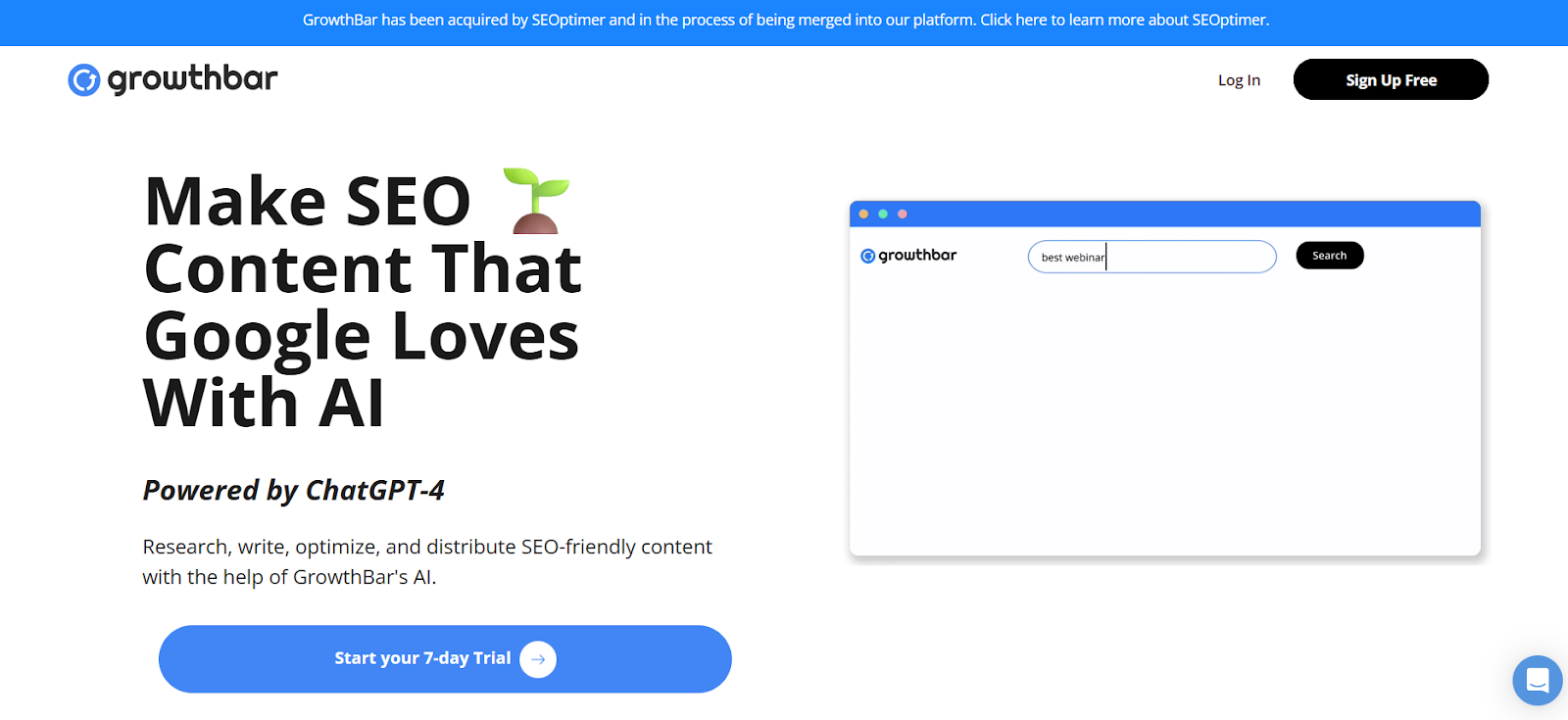
Key features
- SERP-informed outlines and content editor.
- Chrome extension
Pros
- Practical for blog programs that need speed.
- User-friendly interface
Cons
- Basic SEO analytics
- AI generated content needs more review than other tools
Writer
Writer is an enterprise platform with strong governance. It ships voice profiles and terminology controls. The trust program is a focus.
In May 2025 Writer announced ISO/IEC 27001, 27701, and 42001 certifications. That covers security, privacy, and AI management systems. The trust center outlines controls and oversight. Regulated teams often start here for policy reasons.
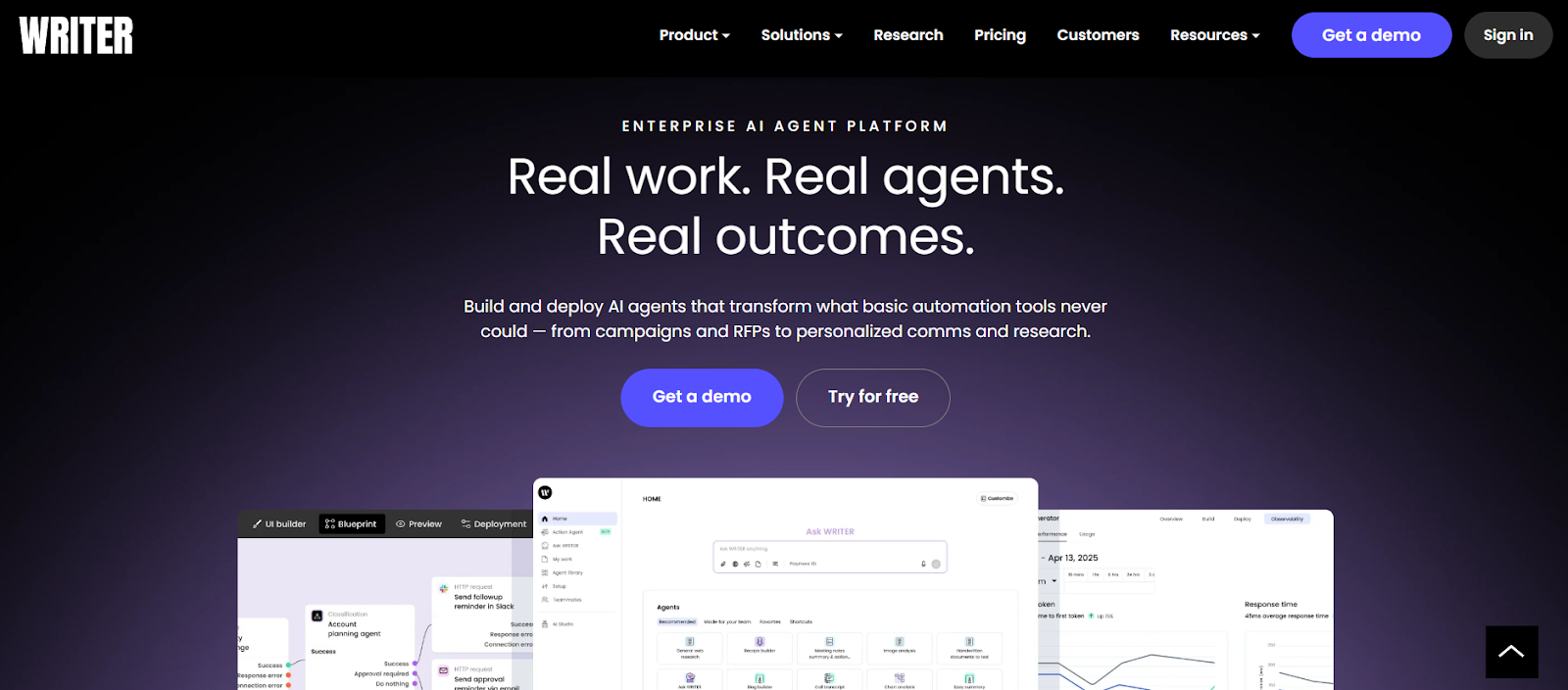
Key features
- Voice profiles and term lists for governance
- ISO/IEC 27001, 27701, 42001 certifications
- Enterprise controls across the stack
Pros
- Good fit for legal, healthcare, and finance industries
- Central control over tone and policy
Cons
- Setup time for rules and approvals
- Pricing targets midsize and enterprise
Lex
Lex is an advanced AI writing platform focused on enhancing the writing process by writing or rewriting specific segments rather than writing your content from scratch. Lex platform features AI-powered writing assistance, real-time collaboration capabilities, and built-in SEO optimization.

Key features
- Advanced content analytics
- Team collaboration tools
- Custom writing templates
- SEO suggestions
Pros
- Intuitive interface
- Strong collaboration features
- Data-driven insights
Cons
- Higher price point for premium features
- Learning curve for advanced functions
- API access requires enterprise plan
Rytr
Rytr is a lightweight assistant for quick drafts and variants. You pick language, tone, use case, and it generates options. It supports many tones for social, emails, and short posts.
The interface is simple for first-time users. It suits solo creators and small teams that want speed. Edits are fast with expand, shorten, and rephrase. Pricing is friendly for entry-level budgets.

Key features
- 20+ tones and multi-language support.
- Quick rewrite tools in the editor.
Pros
- Easy to learn, fast to value.
- Low cost to get started.
Cons
- Outputs need more editing for long form.
- Fewer team features than enterprise tools.
Simplified
Simplified gives you writing, design, and publishing in one place. The AI Writer handles short and long form copy. You can also produce graphics and short videos for campaigns.
Teams can collaborate in folders and share assets. Templates make it easy to ship a month of posts fast. The suite is helpful if you prefer one login for content and creative. It is a fit for small teams that want an all-in-one.
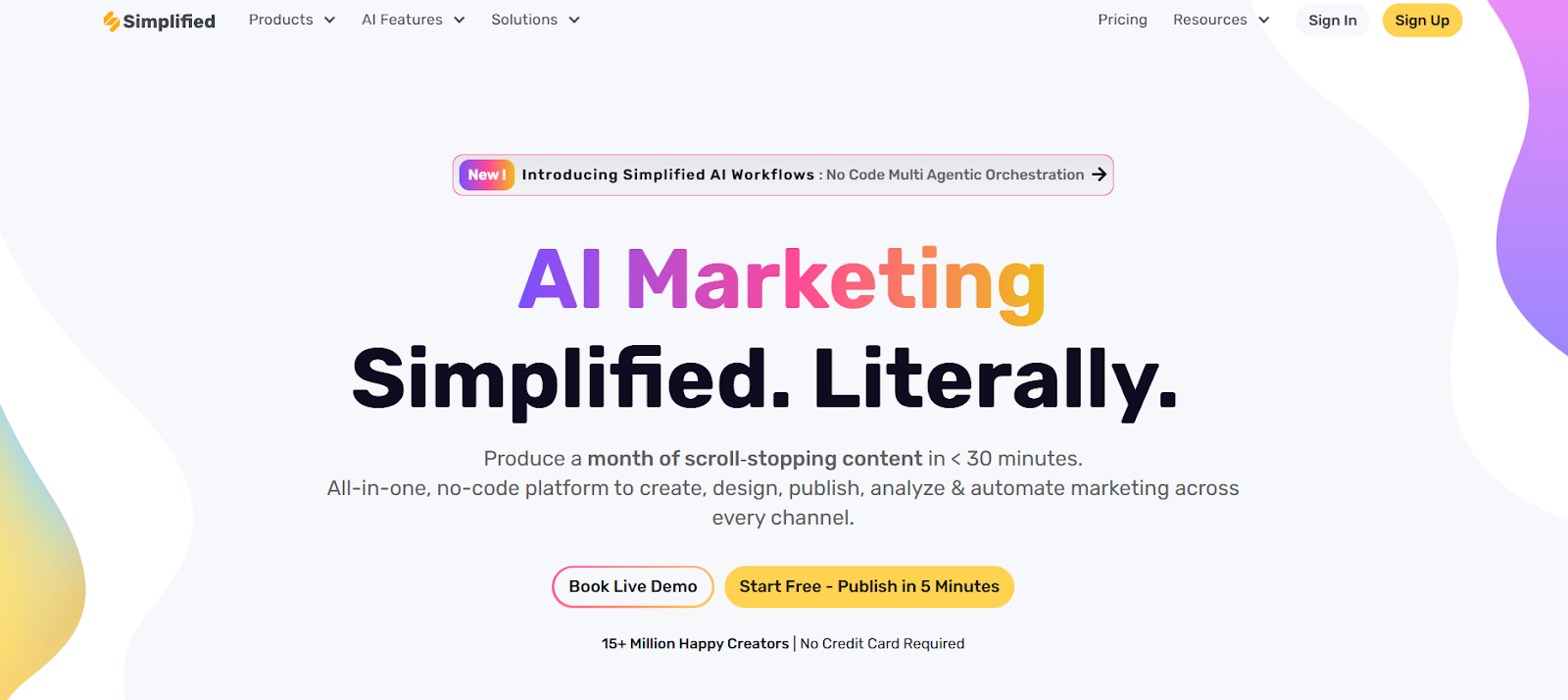
Key features
- AI Writer plus image and video tools.
- Team workspace for collaboration.
Pros
- One hub for copy and creative.
- Friendly starter pricing.
Cons
- Feature breadth means a learning curve.
- Not as deep in SEO as dedicated tools.
Best practices for using AI in content Marketing
There’s a lot of debate about whether Google and other search engines penalizes AI generated content, so my biggest piece of advice is to not rely 100% on AI. Instead use it to enhance your workflow. For instance, you can use ChatGPT to generate structured outlines of your blog tone, then draft in sections using Lex, then edit for claims, tone, and brand voice.
Cite sources for any facts and numbers, link them inline, and keep a short notes file with dates so you can update later. Don’t rely on the stats quoted by LLMs. Run an SEO pass only after the draft reads well for humans, then handle titles, H tags, and internal links.
Keep a style layer active across tools, for example Brand Voice in Jasper and Brand Tones in Grammarly, so tone stays consistent across writers and channels. Track outputs in a spreadsheet or Airtable and sync that to your CMS, so content, categories, and author data stay in step across pages and listings. Finally, decide on prompt templates for briefs, intros, and CTAs, and save them as snippets or workflows so you cut variance and ship faster.
Ready to publish your content?
Draft faster with AI tools, then publish instantly with Whalesync. For instance, write in Notion, and publish in Webflow, using Whalesync.
Your AI-generated blog posts, and landing pages sync straight to your CMS
Subscribe for more
Stay up to date with the latest no-code data news, strategies, and insights sent straight to your inbox!
Thank you for subscribing!
Related posts
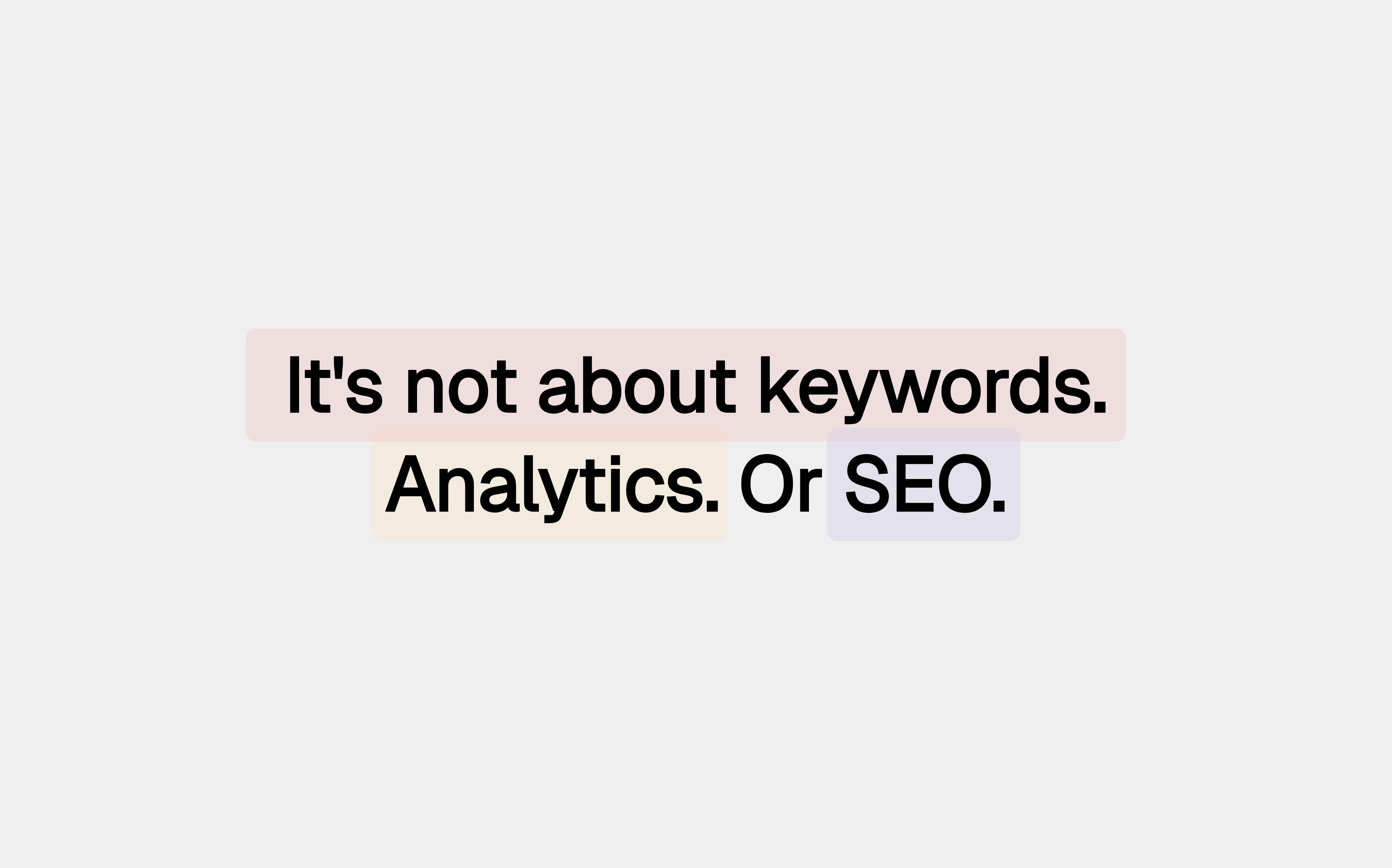


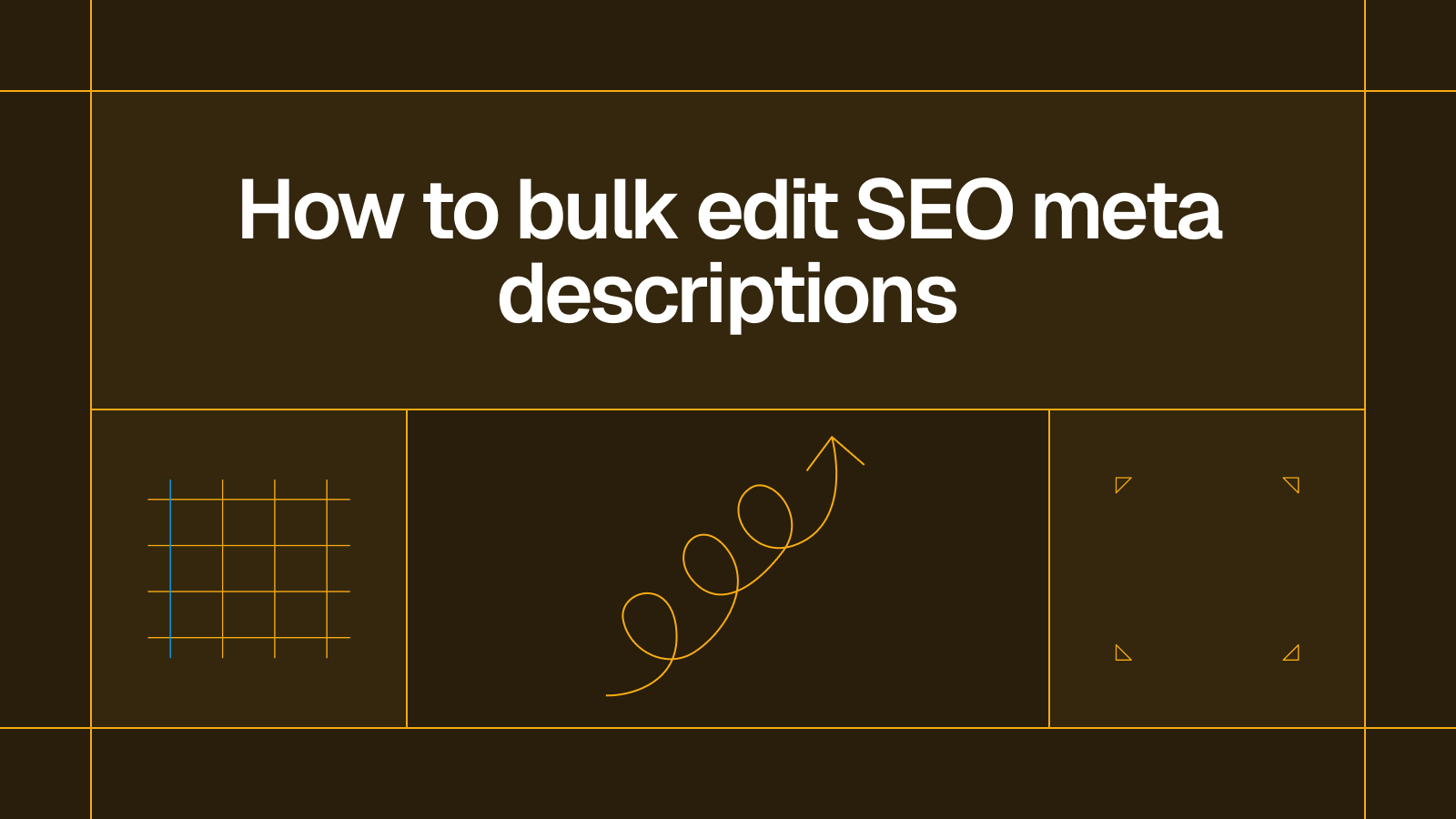

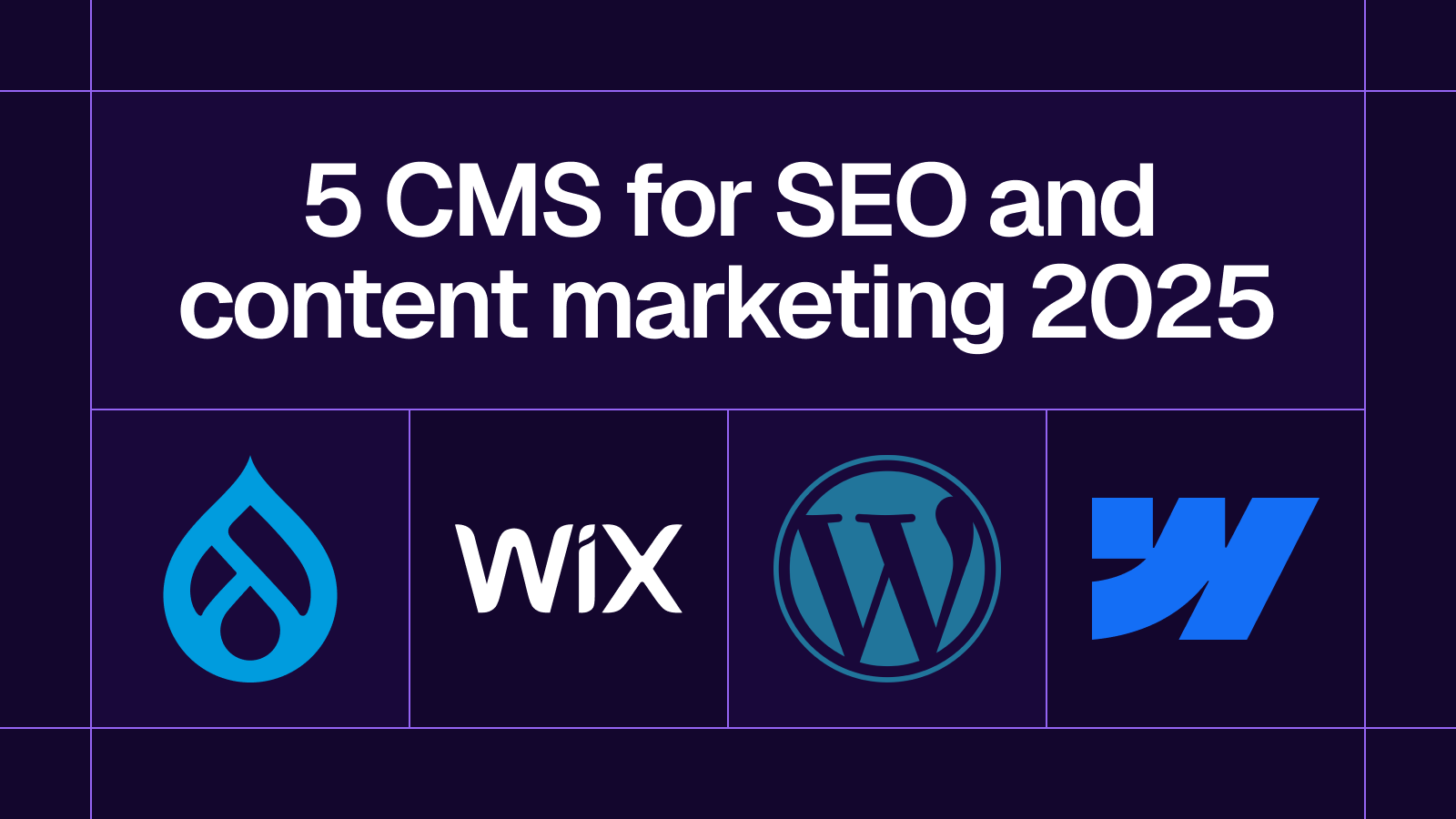

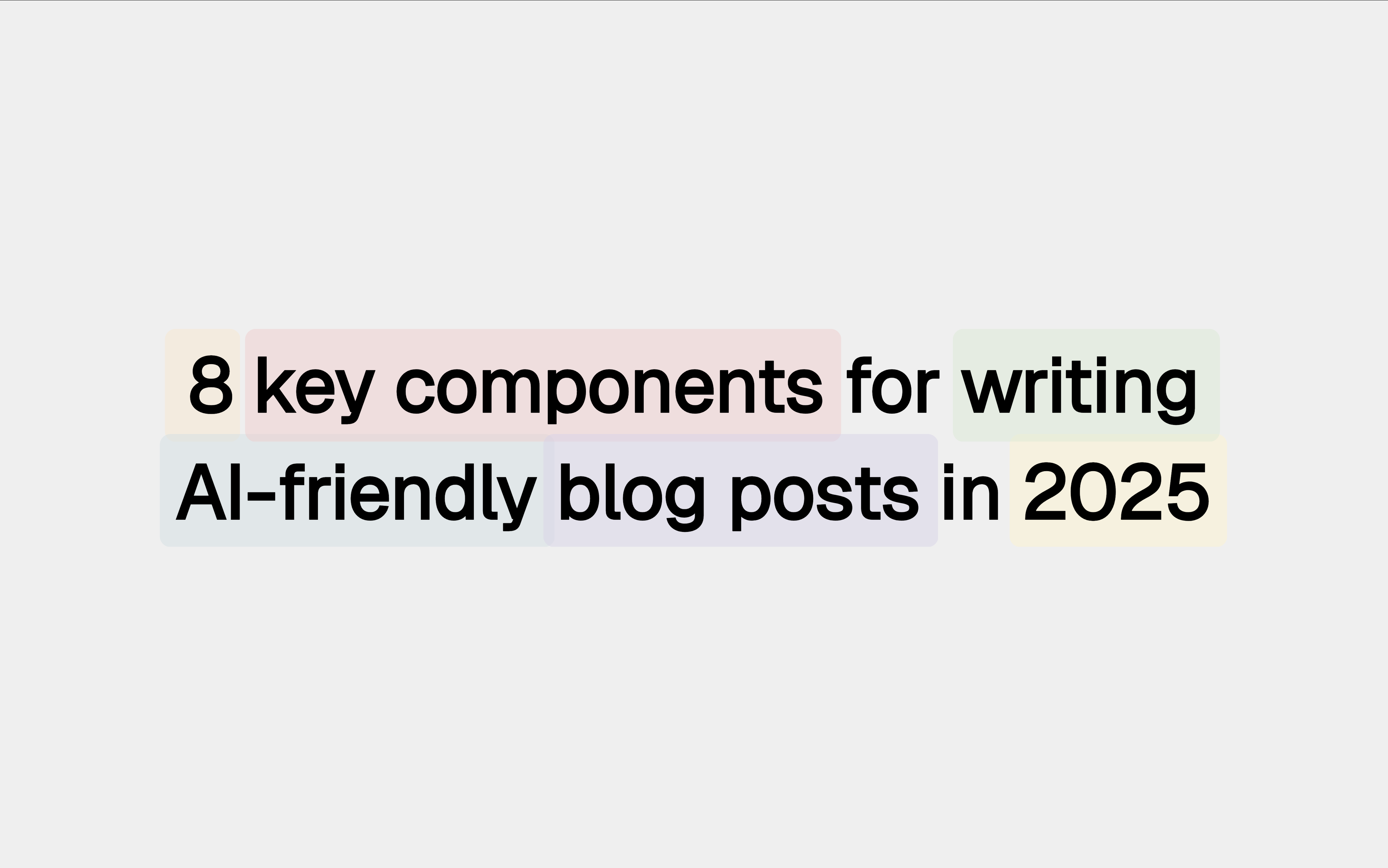




.svg)




.svg)


